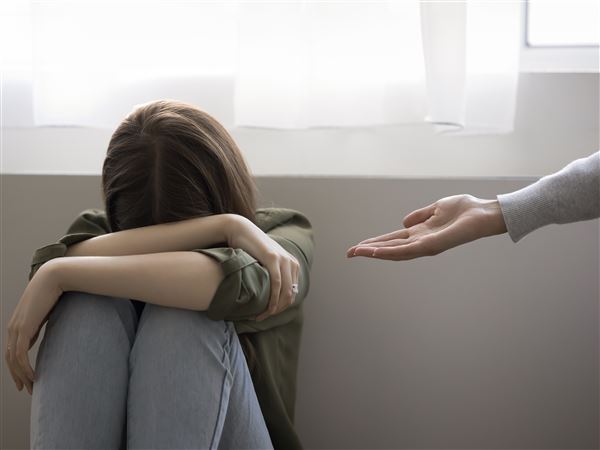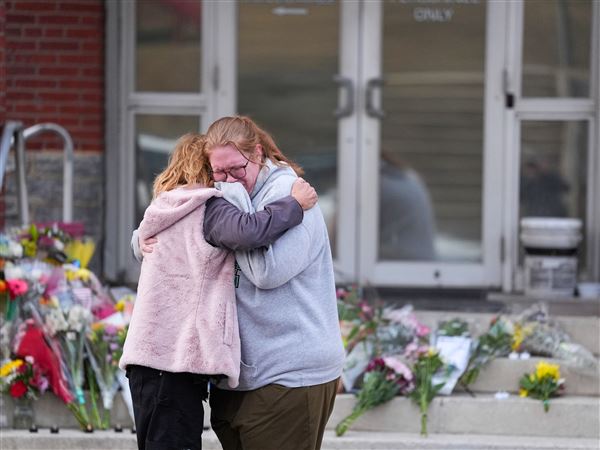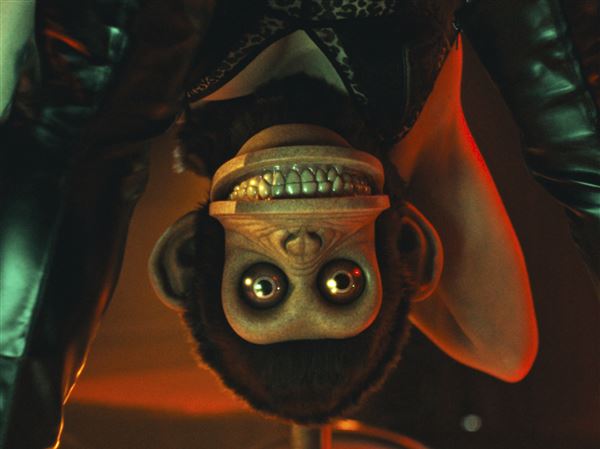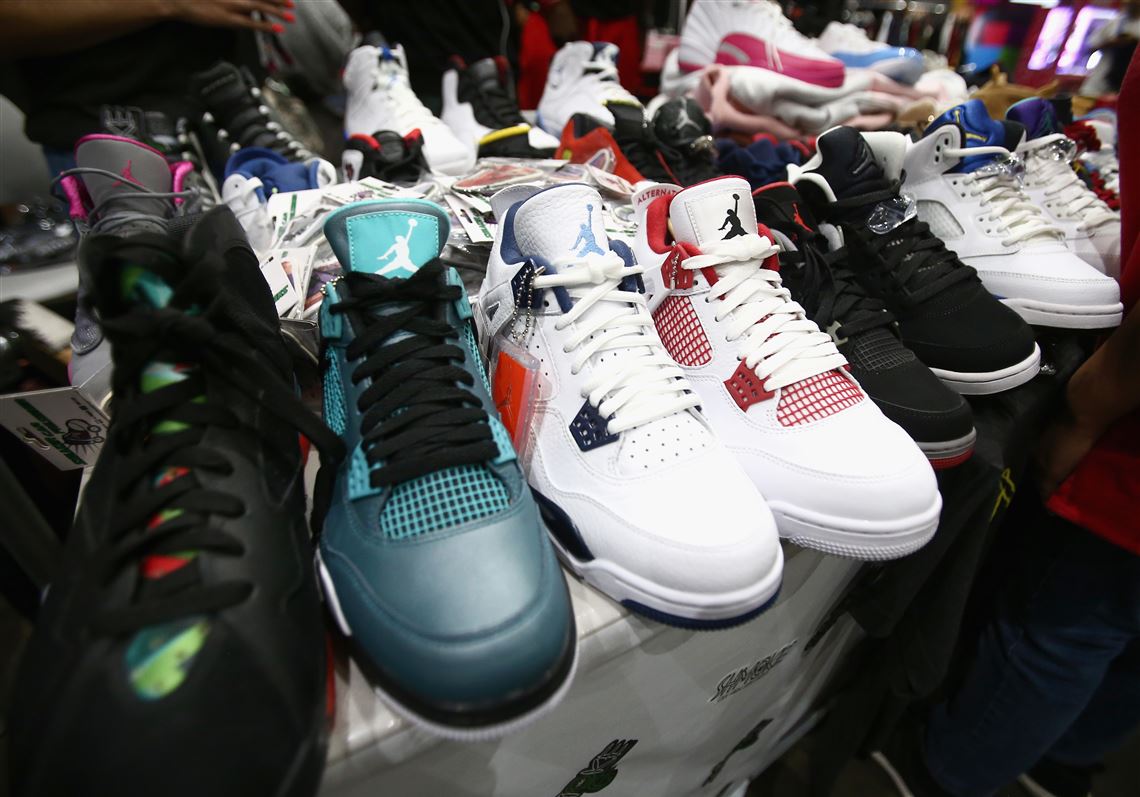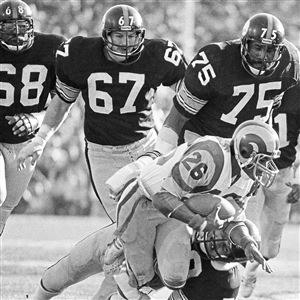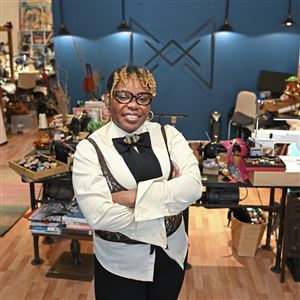The arrests and the confessions came a week ago today, not long after four young people convened in an abandoned building near a Southwest Miami street corner where the rules of social distancing apparently went unheeded.
According to police, Sergio Berben and his girlfriend, high school senior Andrea Camps Lacayo, got close enough to two other men, Adrian Cosby and George Walton, both 19, to sell three pairs of sneakers.
Walton asked Berben if he could try them on, the Adidas Yeezys designed by Kanye West, and Berben said he’d need to see the money first, the agreed-to $935.
Sneakers?
Cosby pulled a gun, cops say, firing at both sellers. Berben was grazed on the torso. Lacayo is dead. Just short of graduation, head of the school’s dance team, the girl they called “Dimples,” dead.
Sneakers?
Nearly 50 years after a Nike basketball shoe eclipsed in the public consciousness the humble canvas Converse All-Stars basketball shoe in which the Boston Celtics won eight consecutive NBA titles (and 11 in 13 years), 35 years after the debut of Air Jordans, we’re still shooting each other over ...
Sneakers?
I was not a marketing major, but I’ve been staring pretty hard at sports and the surrounding culture for a very long time and still don’t understand the social dynamics among the people who wear sneakers, the people who market them, and the people who spin that relationship into gold and toxicity in sports, especially college sports.
“You look at the market surrounding college athletics, when you really start to get into that, it is so mind-boggling; there’s so much money involved,” said Pat Kondelis, the decorated HBO documentarian. “There’s so much money changing hands. For shoe companies to spend, look, they’re obviously profitable companies, so if they want to spend — what is it? — UnderArmor’s $250 million to UCLA, for some reason, that’s going to make them money. That’s going to be a worthwhile investment. It sounds insane, but think about it that way. Nike, $250 million with the University of Texas and Nike’s one of the most profitable companies in the world. Their system, it’s working for them, but it is hard to wrap your mind around who would care enough to spend that kind of money, but clearly people do.
“That was something that I learned while doing ‘The Scheme,’ (his new film). I asked Christian (Dawkins) about that, like why would these companies even want to be involved in high school sports? But they are. To learn about the marketing aspect of that was really interesting. And eye-opening.”
Christian Dawkins, the talent scout/agent who got himself 18 months in prison for his role in a federal investigation thought to be targeting college coaches, got UnderArmour to outfit an AAU team he’d assembled in Saginaw, Mich. Dawkins was 17 at the time.
In the film, he offers this interpretation:
“It’s marketing,” he tells the camera. “If you’re Nike and you want to launch a new shoe, and you need to get some level of visibility or some level of recognition for it, what’s the best way to get that shoe out or get that shoe some exposure in Saginaw, Michigan? You put it on a high school team, the high school players. How else would Saginaw, Michigan know about the new Nike shoe?”
Um, could they just advertise it?
Dawkins goes on:
“If I’m outfitting Zion Williamson in South Carolina with all Adidas or all Nike, pretty soon, kids in that area are going to buy Nikes and Adidas because he’s gonna be the most popular, most visible person in the community. By the end we (his AAU team) were over six figures in sneaker sponsors and local sponsors.”
Zion Williamson, the first pick of the NBA draft after spending a year at Duke, is 6-feet-6 and 285 pounds with a blend of speed, power, and dunkaliciousness rarely seen in the game’s high-flying history. With that package, Williamson could score 25 points and grab 12 rebounds wearing Crocs. If shoes were banned from the NBA tomorrow, Williamson would score 25, grab 12.
So this is what Ohio State gets from Nike — in addition to the $252 million — the right to peddle this delusion that the Buckeyes’ shoes are better than the Adidas the Kansas Jayhawks are wearing to magnetize $191 million for that university?
Again, not getting it.
You wanna be like Mike? Don’t care what Nikes you’re wearing; you ain’t like Mike.
Prior to the Reebok Pump (1991) and Air Jordans (1985), the first of the so-called modern style basketball shoe market was established by the 1976 Dr. J’s Pro Leather, with Julius Erving’s “Dr. J.” nickname written in gold on the side.
Sweet look, maybe, but again, I got to see Dr. J up close, in games courtside at Philadelphia’s old Spectrum and at practice, talkin’ practice, and the things Doc could do had as much to do with footwear as with his magnificent afro. Nothin’.
But if the whole phenomenon is baseline illogical, there must be some street logic that says crime rises with the prices.
“Violence in sneakers is a big issue,” lawyer Jared Goldstein recently told Business Insider. “When reselling started becoming popular, there was a lot of violence that was involved. (Before some sellers shifted to digital apps), people would use Craigslist and they would meet up and be held at gunpoint for sneakers, and that violence continues to this day.”
So Nike will sell you a pair of Lebron X EXT-QS Hazelnut Men’s shoes (also available in brown and blue) for $325.90, but you can still get from Adidas the Kanye-designed Yeezy Boost 350 V2 for around $220 if you shop hard.
Don’t worry. Kanye is sensitive to the pricing.
“I just want everyone to be safe and be patient,” West told Ryan Seacrest’s national radio show. “I know you can run up on this kid and take his Yeezys, but just be patient because we’ll make more Yeezys.”
In Miami, not everybody’s got Kanye’s patience.
Gene Collier: gcollier@post-gazette.com and Twitter @genecollier.
First Published: April 19, 2020, 11:00 a.m.
